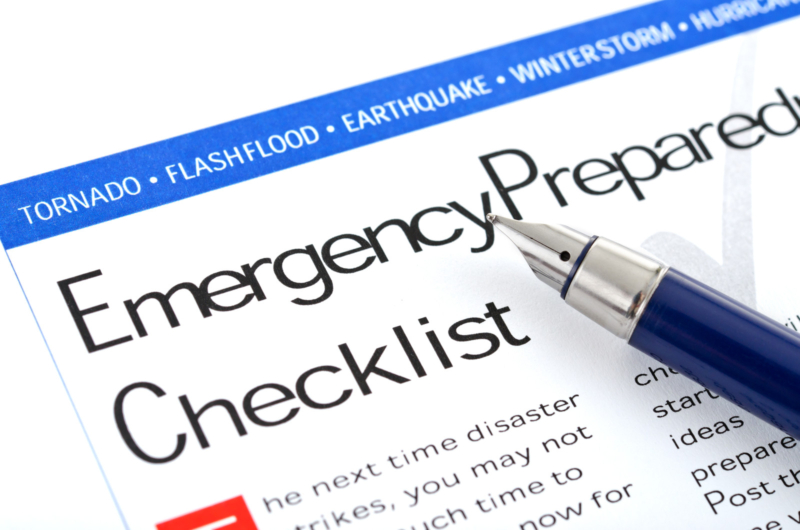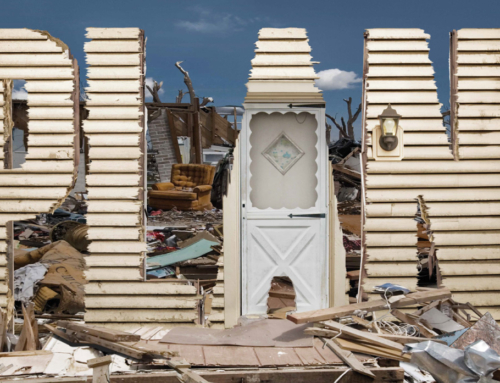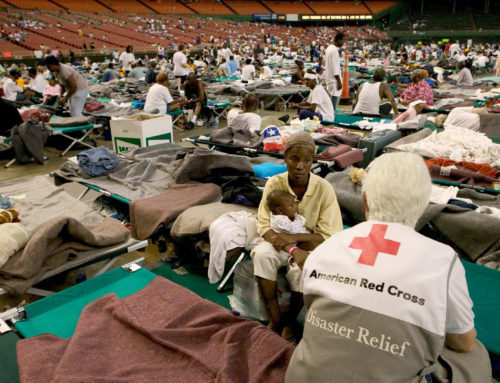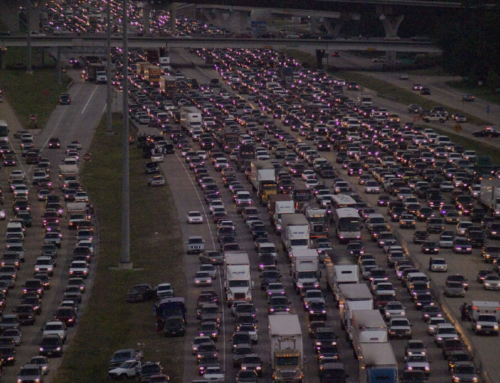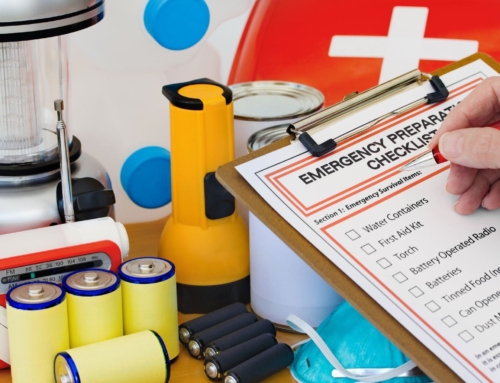This page explains why you should make and Emergency Communication Plan. It also provides tips and templates on how to make a plan.
Why Make An Emergency Communication Plan?
Your family may not be together if a disaster strikes, so it is important to think about the following situations and plan just in case. Consider the following questions when making a plan:
- How will my family/household get emergency alerts and warnings?
- How will my family/household get to safe locations for relevant emergencies?
- How will my family/household get in touch if cell phone, internet, or landline doesn’t work?
- How will I let loved ones know I am safe?
- How will family/household get to a meeting place after the emergency?
Source: https://www.ready.gov/make-a-plan
Here is a template that you can download, print, and fill out:
- For parents (PDF)
- For kids (PDF)
- For transit commuters (PDF)
- For your wallet (PDF)
- Steps to make a plan (PDF)
- Tips on emergency alerts and warnings (PDF)
Here are a few easy steps to start your emergency communication plan:
- Understand how to receive emergency alerts and warnings. Make sure all household members are able to get alerts about an emergency from local officials. Check with your local emergency management agency to see what is available in your area, and learn more about alerts by visiting: www.ready.gov/alerts.
- Discuss family/household plans for disasters that may affect your area and plan where to go. Plan together in advance so that everyone in the household understands where to go during a different type of disaster like a hurricane, tornado, or wildfire.
- Collect information. Create a paper copy of the contact information for your family that includes:
- phone (work, cell, office)
- social media
- medical facilities, doctors, service providers
- school
- Identify information and pick an emergency meeting place. Things to consider:
- Decide on safe, familiar places where your family can go for protection or to reunite.
- Make sure these locations are accessible for household members with disabilities or access and functional needs.
- If you have pets or service animals, think about animal-friendly locations.
Examples of meeting places:
- In your neighborhood: A mailbox at the end of the driveway, or a neighbor’s house.
- Outside of your neighborhood: library, community center, place of worship, or family friend’s home.
- Outside of your town or city: home of a relative or family friend. Make sure everyone knows the address of the meeting place and discuss ways you would get there.
- Share information. Make sure everyone carries a copy in his or her backpack, purse, or wallet. You should also post a copy in a central location in your home, such as your refrigerator or family bulletin board.
- Practice your plan. Have regular household meetings to review your emergency plans, communication plans and meeting place after a disaster, and then practice, just like you would a fire drill.


